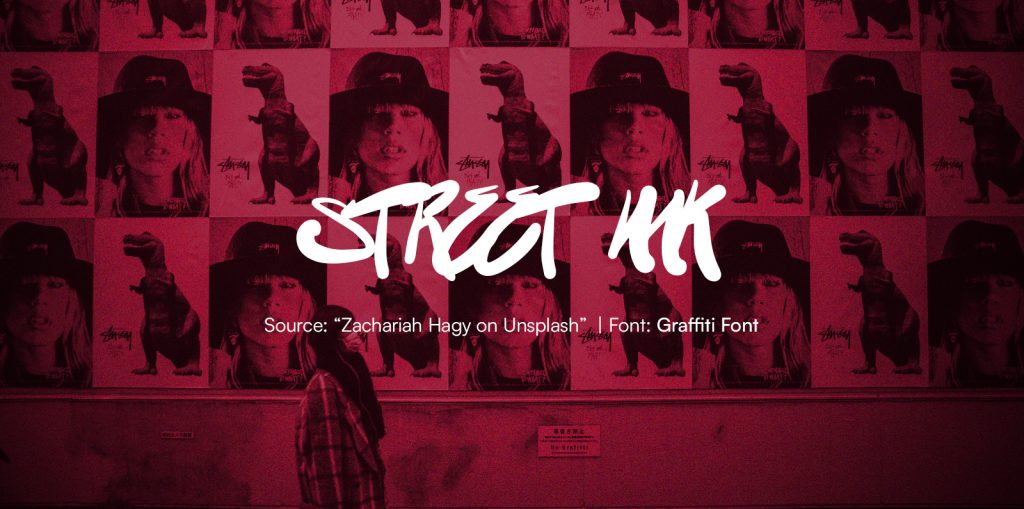Street marketing is a type of marketing that’s innovative, unconventional (it involves interrupting people), and low-cost (emphasizing creativity) to promote a product or a company to as many people as possible.
It’s a strategy to grab people’s attention and create viralization.
What does a street marketing strategy look like?
The key is to use creative and unconventional tactics, bold approaches to advertise with a relatively small budget, focusing on capturing individuals’ attention on a personal and memorable level.
Street marketing strategy should be extravagant, fun, and truly surprising. It can range from live performances, sensory marketing (engaging the senses), transforming elements in the environment, to using technology to create experiences and reinforce brand image.
An example of street marketing can be seen in The Last of Us when their team “infected” the Callao square in Madrid to promote the game’s release. Anyone passing through Callao could see and experience a part of the abandoned city, with cars covered in the contagious fungus, and the iconic game phrase could be read next to the emblematic symbols of the “fireflies”: “When you’re lost in the darkness, look for the light.”
Is this strategy applicable to the B2B sector?
So far, we’ve seen that street marketing primarily focuses on B2C and not so much on B2B. But why is this the case?
At times, B2B marketing professionals are hesitant to embrace street marketing strategies in their marketing mix. However, they might be missing out on a great opportunity.
The goal of street marketing is to surprise consumers, and the B2B audience is still human. Business professionals are also consumers who can be inspired and experience emotional responses.
Below, we provide a great example of a successful street marketing strategy in the B2B realm:
The successful Salesforce strategy
An example of this strategy in the B2B sphere is Salesforce. In 2000, Salesforce was considered a small player in the customer relationship management software business and was considered innovative for being cloud-based compared to the on-premises software used by giant competitors like Siebel.
Salesforce’s idea was to organize a mock protest at a Siebel user conference declaring the “end of software”. This maneuver, along with the massive publicity it generated, was a spectacular success, marking the beginning of the company’s rapid rise to market leadership.
OutCast Communications and Salesforce decided to promote the theme “The end of software.” The campaign began in February 2000 with the launch of Salesforce at DEMO 2000, the primary venue for launching new products and technologies. This provided Salesforce with the visibility it needed not only within its industry but also in the business and specialized press.
The momentum of these events continued in February and March 2000 in the form of media campaigns centered around the theme “The end of software.”
Salesforce’s case is a clear example that B2B businesses can also connect with their audience through this type of marketing. The key is to combine it with digital marketing strategies and online media to establish a strong connection with the audience, engage them, and receive feedback.
The result is a successful campaign that’s hard to forget.




